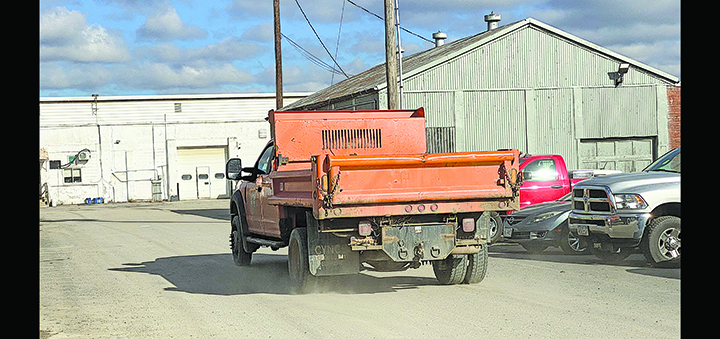Planning officials weigh in on future of natural gas
CHENANGO COUNTY – With the June ruling from the New York State Court of Appeals to uphold local governments’ authority to control land use, pundits in the natural gas industry are uncertain of what the decision means for the future of natural gas in Chenango County.
The decision made by the Court of Appeals rules that local municipalities have the final say on whether or not to allow any method of drilling, including conventional drilling and the controversial process of hydraulic fracturing to extract natural gas in their towns.
While opponents of hydraulic fracturing have counted the court’s ruling a victory in the battle to ban the practice altogether, it’s not the end of what’s been a long fight, according to Steven Palmatier, an advisor on the natural gas industry for Chenango County.
“Ultimately, this decision is just going to lead to more lawsuits,” Palmatier said referencing the mineral rights of local landowners. Although the recent ruling of the Court of Appeals gives townships authority to allow or disallow gas drilling through the act of zoning, there’s still the debate of what landowners can and can’t do with their mineral estate, he said.
Palmatier added that while the court’s recent ruling doesn’t ban hydraulic fracturing, it is a hit to the industry. Even if a municipality allows drilling, exploration and production companies may see drilling as a risky investment due to the capability of future town boards opting for a ban in the future.












Comments